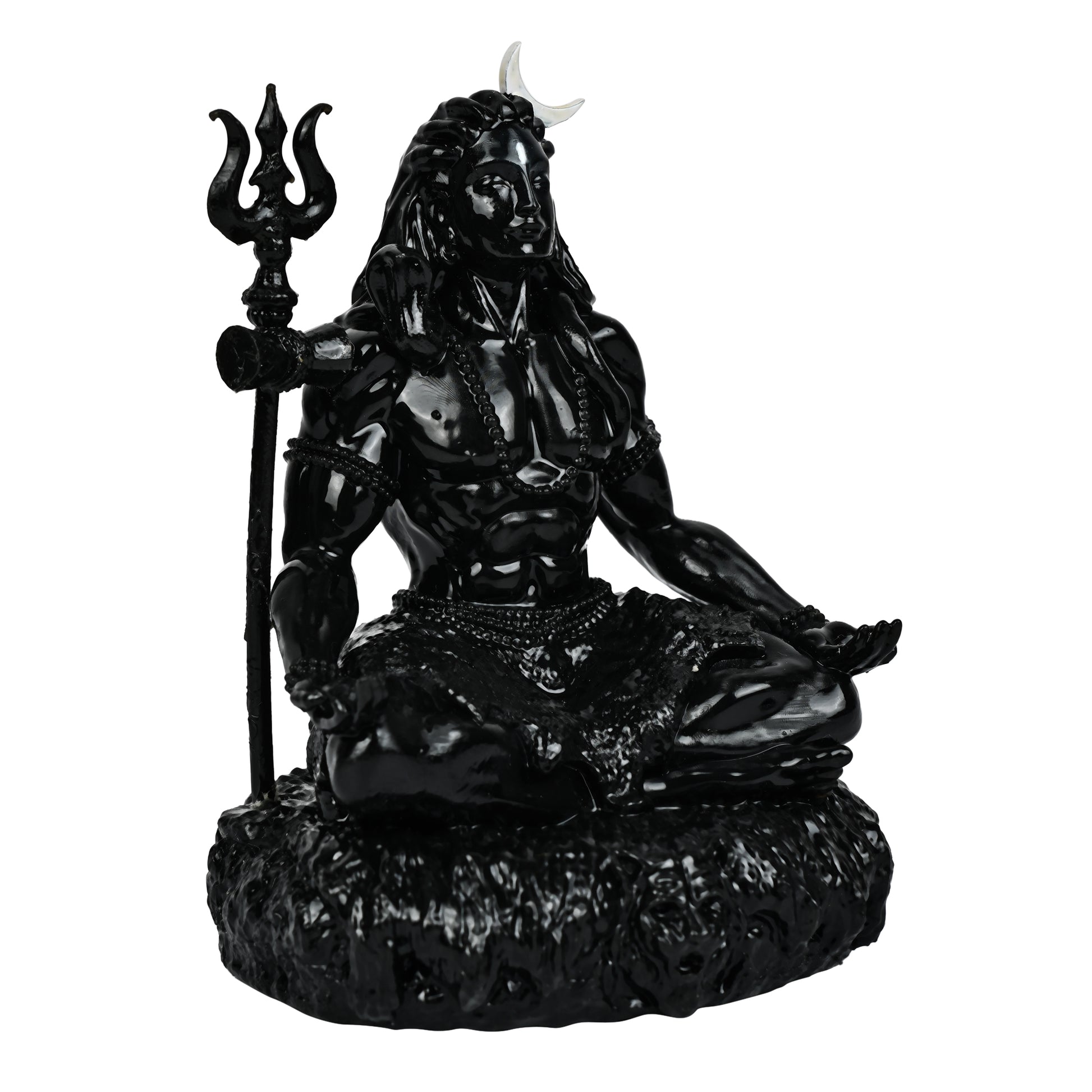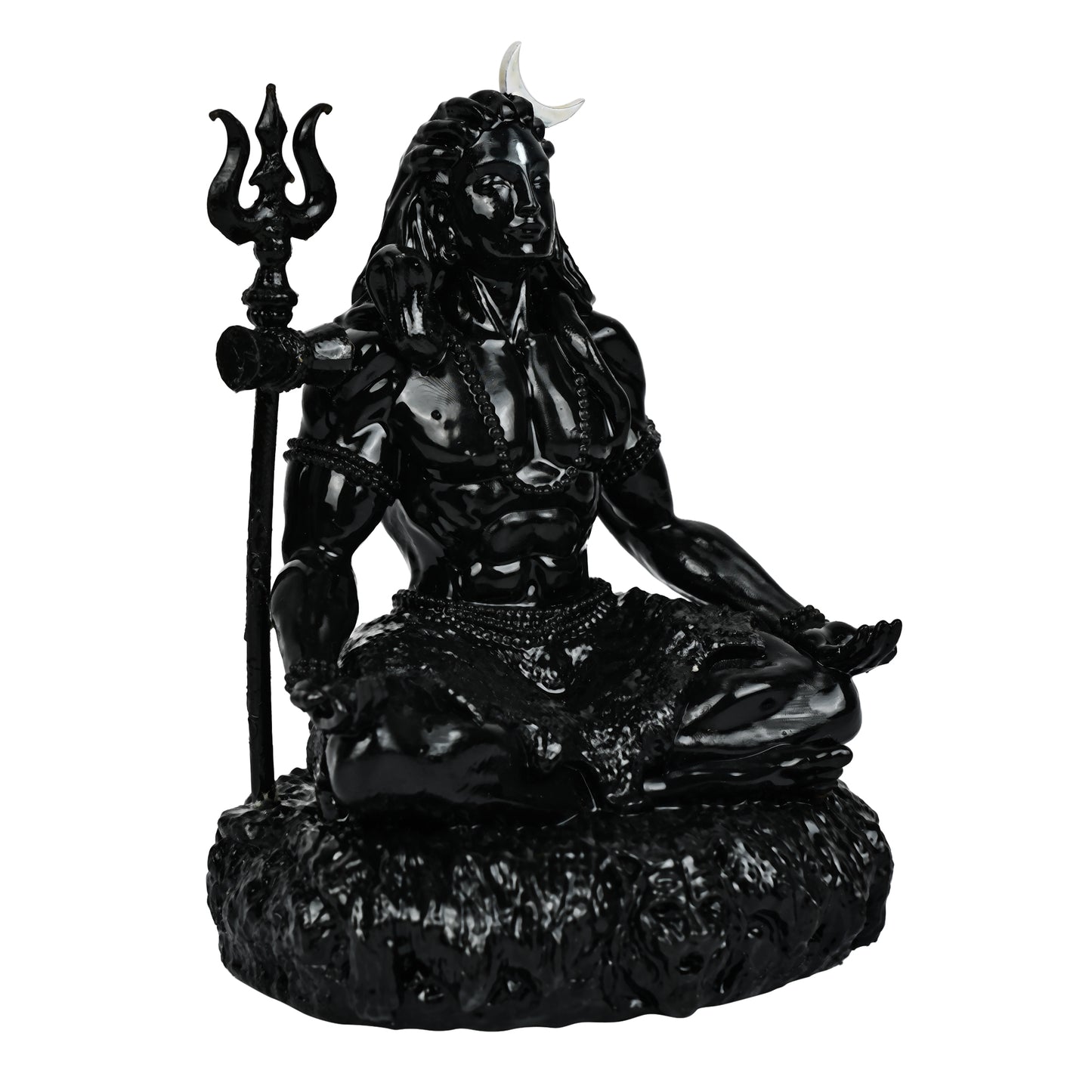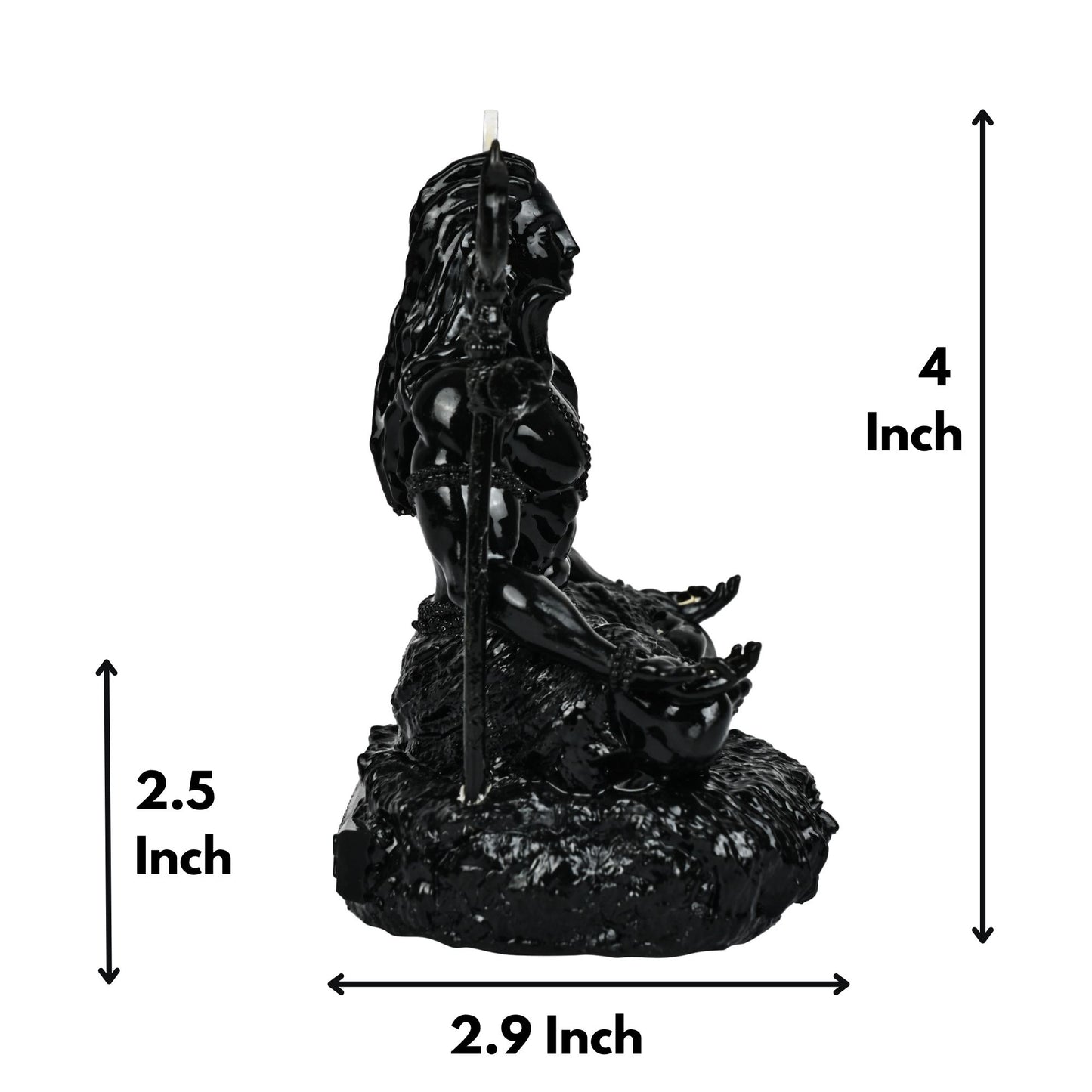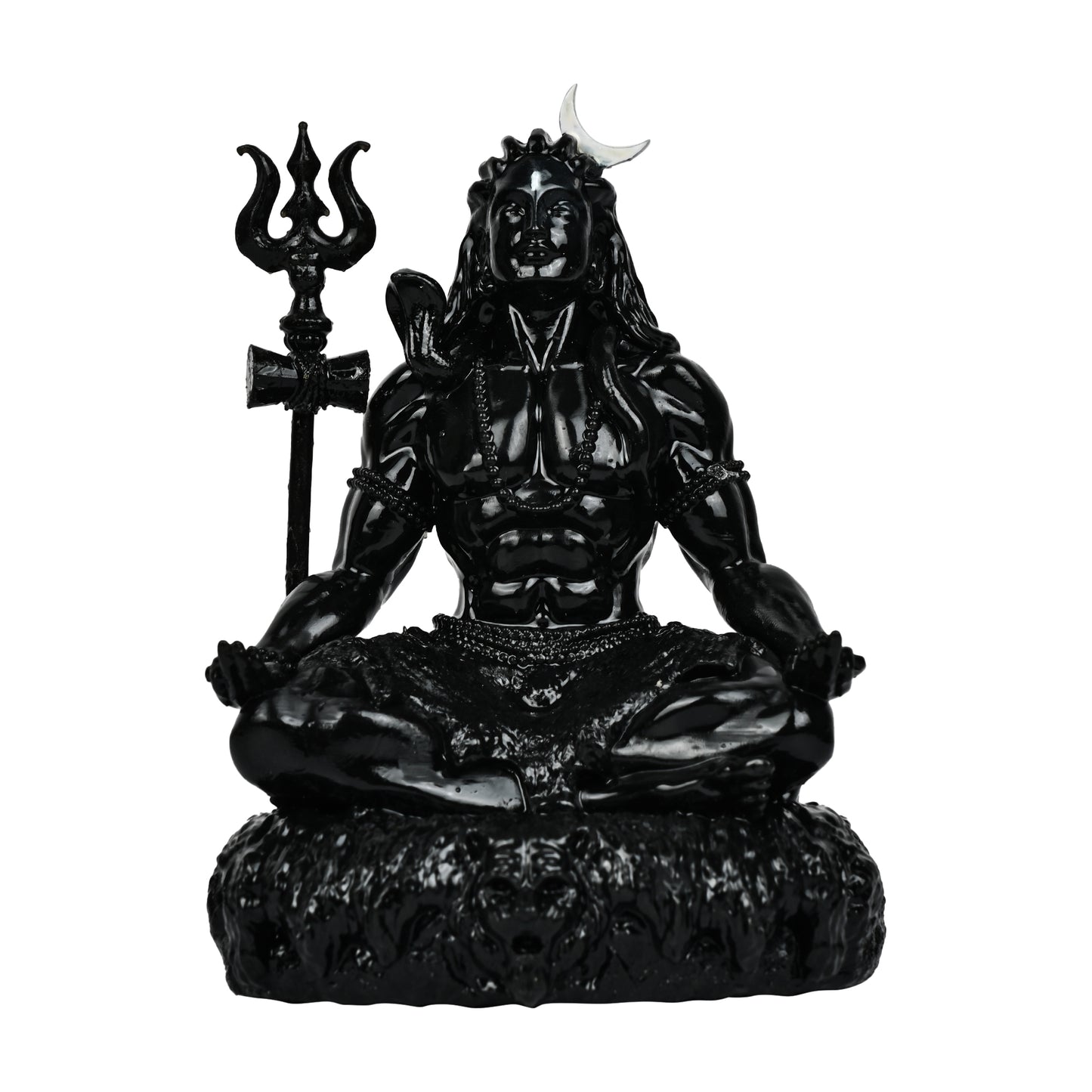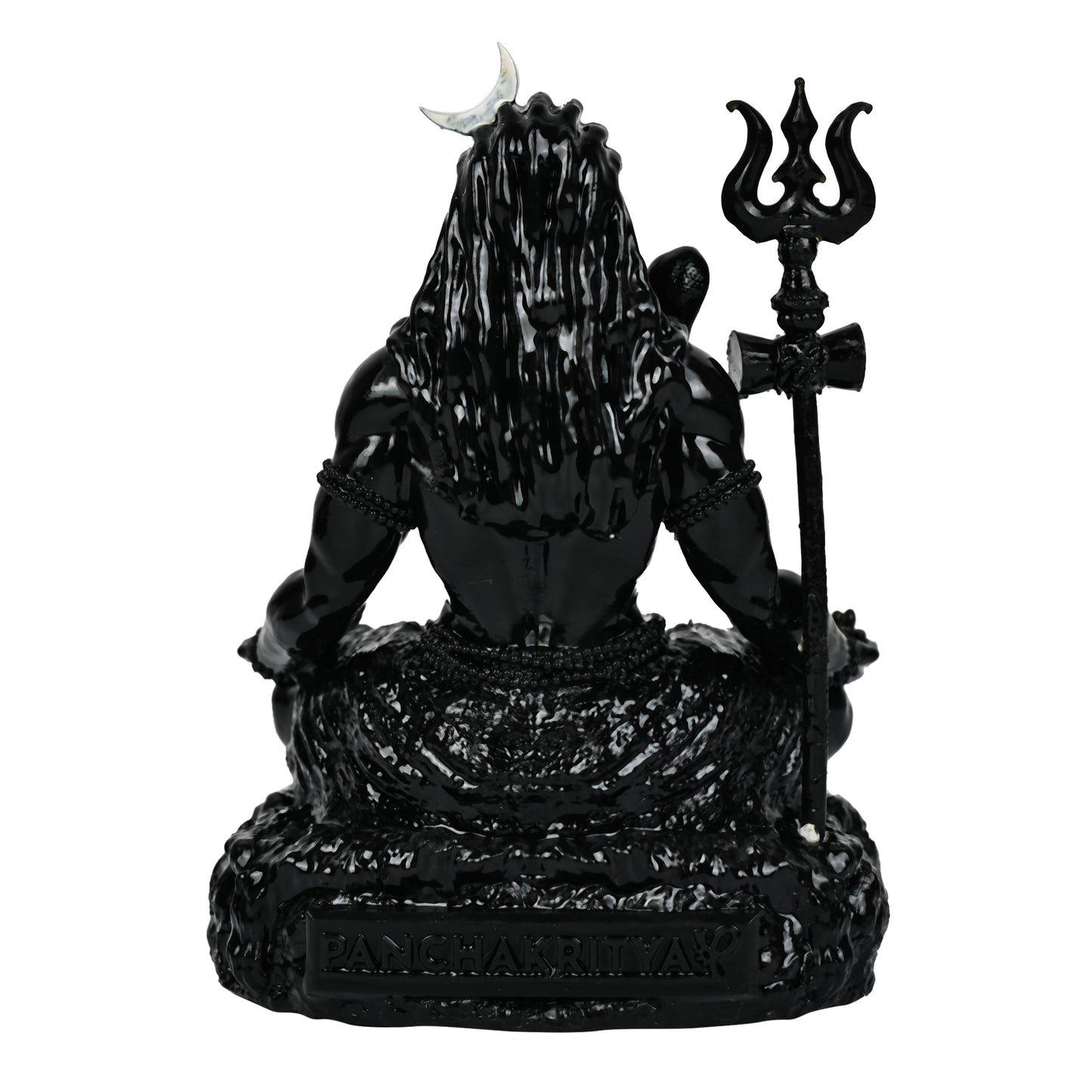Why Lord Shiva Is Worshipped In The Form of Linga?
In the pantheon of Hindu deities, Lord Shiva stands out with his unique form and worship practices. One of the most intriguing aspects of Shiva worship is the reverence of the Shiva Linga, a symbol that has captivated devotees and scholars alike for centuries.
The Shiva Linga, often misunderstood and shrouded in layers of mysticism, represents profound philosophical and theological concepts. To understand why Lord Shiva is worshipped in this form, one must delve into ancient legends, scriptures, and the symbolic meanings attributed to the Linga.
The Symbolism of the Linga
The term 'Linga' in Sanskrit means 'mark' or 'symbol'. The Shiva Linga, therefore, is considered a symbolic representation of the divine. It is an abstract, aniconic form that transcends human-like depictions of deities.
Unlike anthropomorphic idols, the Linga is devoid of detailed features, symbolizing the formless and infinite nature of Shiva. It is often set upon a pedestal called the 'Yoni', which represents Shakti, the feminine energy.
Together, the Linga and Yoni symbolize the union of divine masculine and feminine principles, signifying creation, preservation, and dissolution.
The Legend of the Infinite Pillar of Light
One of the most prominent legends explaining the origin of the Shiva Linga is found in the 'Linga Purana'. This legend involves the gods Vishnu and Brahma and an infinite pillar of light.
According to the story, Vishnu and Brahma were arguing about their supremacy. To settle the dispute, Shiva appeared as a colossal pillar of light, with no beginning or end. Brahma transformed into a swan and flew upwards to find the top, while Vishnu assumed the form of a boar and dug downwards to find the bottom.
Despite their efforts, neither could find the limits of the pillar. This infinite pillar of light is symbolized by the Shiva Linga, representing Shiva's infinite nature and his transcendence beyond the confines of time and space.
The Curse and the Blessing
Another legend from the 'Skanda Purana' explains the significance of the Linga through the tale of the curse and blessing by Sage Bhrigu. Once, during a great yagna (sacrificial ritual), Bhrigu was sent to test the three principal deities:
Brahma, Vishnu, and Shiva. Shiva, absorbed in meditation, did not notice Bhrigu's arrival, leading the sage to curse Shiva to be worshipped in the form of a Linga. Later, realizing his mistake, Bhrigu blessed that the Linga would be a powerful symbol through which devotees could easily connect with the divine essence of Shiva.
Philosophical Interpretations
From a philosophical perspective, the Shiva Linga embodies the concept of 'Nirguna' Brahman, the attribute-less, formless aspect of the ultimate reality in Vedanta. It serves as a reminder of the formless, transcendent nature of God, encouraging devotees to move beyond the physical and material to seek the ultimate truth. The Linga also symbolizes the cosmic pillar or axis mundi, connecting the earthly realm to the heavens and serving as a point of focus for meditation and spiritual upliftment.
The Anugraha and Nigraha Aspects
In Shaivism, Shiva is often associated with both Anugraha (benevolent) and Nigraha (fearsome) aspects. The Linga encompasses these dualities, representing Shiva's role as the destroyer of evil and the bestower of grace. This duality is further illustrated in the duality of the Linga and the Yoni, signifying the balance of opposing forces in the universe.
The Lingodbhava and Jyotirlingas
The Lingodbhava form, depicted in many temples, represents Shiva emerging from the Linga, highlighting the cyclical nature of creation and dissolution. Additionally, the Jyotirlingas, twelve sacred sites across India, are said to have manifested from the infinite pillar of light, each representing a different aspect of Shiva's power and benevolence.
Conclusion
The worship of Lord Shiva in the form of the Linga is deeply rooted in Hindu mythology, philosophy, and symbolism. It is a practice that transcends mere idol worship, inviting devotees to contemplate the profound mysteries of the universe and the divine.
The Linga serves as a powerful symbol of Shiva's infinite, formless nature, his role in the cosmic cycle, and the union of masculine and feminine energies. Through the Linga, devotees find a focal point for their spiritual practices, connecting with the divine essence that pervades all of existence.
Also Read: How To Impress Lord Shiva

